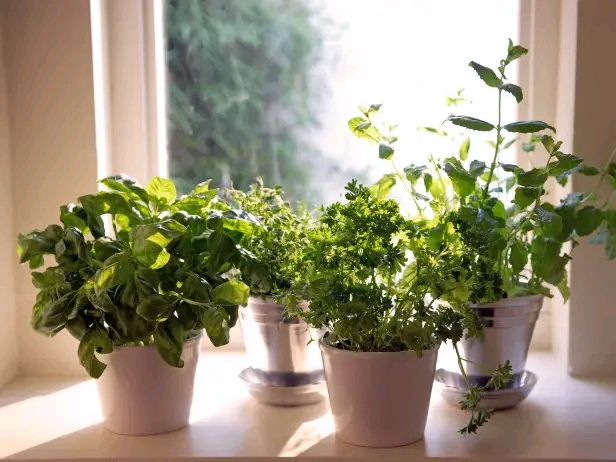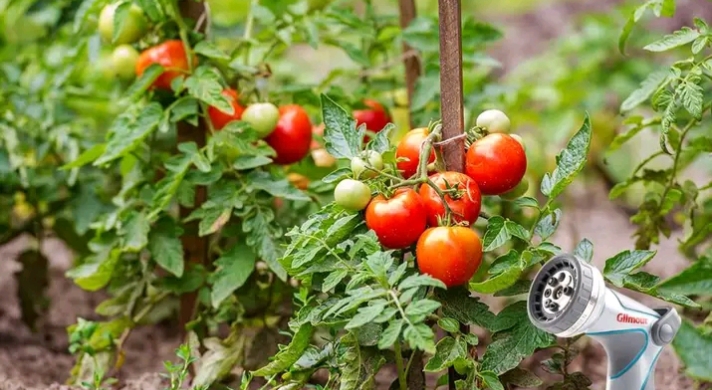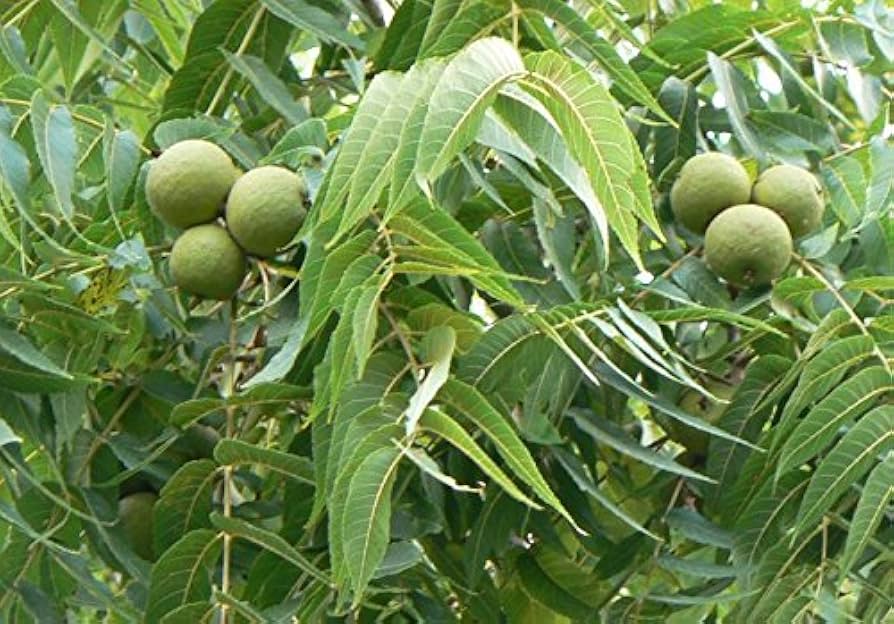Essential Fresh Herbs to Have and How to Use Them

This post is about fresh herbs’ culinary and how to use them. Herbs are very useful for different purposes benefitting to the health
Here is a list of herbs we will examine
Oregano
It is also called wild marjoram or pot marjoram. Oregano has touch of sweetness, paired with mild spice that brings warmth to any meal.
Fresh oregano is difficult to locate in the market, and because dried oregano has a stronger flavor than fresh, it should be used sparingly.
Parsley
It is often known as curly parsley or flat-leaved (Italian) parsley.This underappreciated hero can do more than simply garnish a platter.
Many stocks, stews, and soups in French and Italian cuisine include bouquet garni, which is flavored with this herb. In general, flat parsley has a peppery flavor, but curly parsley is more bland.
As their names suggest, they also have textural variances. Pasta and egg dishes sometimes benefit from a dusting of chopped parsley; the herb’s clear, mild taste reduces heavy creaminess while also acting as a palette cleanser.
Mint
Peppermint and spearmint are the most popular types in the US. Peppermint has a powerful, cooling aftertaste due to its high concentration of menthol, but spearmint is milder and sweeter on the tongue.
Ginger, apple, and curly mint are lesser-known varieties of mint that, when used in high quantities, give the flavor associated with their names. Mint is a popular ingredient in Thai cuisine, such as rolls, Middle Eastern foods such as tabbouleh, and North African traditional mint tea
Dill
t is also known as dill leaf, dillweed, or dill weed.Dill produces strong reactions. Some people describe the flavor as clean and green, while others loathe it because it’s acidic and earthy.
Even though this herb is commonly linked with Scandinavian cuisine (particularly salmon), it may also be found in other ethnic meals, such as tzatziki (Greek), corn (Indian), and borscht (from Eastern Europe).
Dill is commonly used in pickling, pairs nicely with potatoes and dips made with mayonnaise and sour cream, cucumber, mustard, and dill salad.5. Basil Basil is also known as sweet (Italian, Genovese), purple, or Thai basil.Basil is the most widely used herb in the United States.
Basil
Italian basil is peppery and has a faint anise flavor, making it sweeter than its purple version. Sweet green basil is commonly used in cuisines from Italy (basil pesto) and Southeast Asia (green chicken curry), demonstrating its versatility.
Purple basil, with its dark tint, creates an excellent garnish for meals. For optimal taste, add both of these leaves towards the end of cooking. Thai basil has a stronger anise taste and can withstand high heat cooking.
Purple basil leaves are smaller than those of sweet basil, which is green. Thai basil leaves are more elongated, resembling mint, and can range in color from green to purple, with purple stems.
Cilantro
It is also called coriander This herb is used in Indian, Mexican, and Vietnamese cuisines in dishes like dhania chutney, salsa.
The plants seeds, known as coriander, are used in pickling recipes as well as boerewors, a type of South African sausage.Some describe the flavor of cilantro as fresh and lemony, while others describe it as soapy
Rosemary
Rosemary has a distinct, pine-like aroma and flavor. Rosemary, which is native to the Mediterranean area, acquired popularity in Italian cookery in Tuscan classics such as schiacciata, a flatbread made savory with rosemary-infused oil, and chicken cacciatore.
The herb goes nicely with pork chops, chicken, and even fish (particularly when grilled). Vegetarians can consume the herb with potatoes. Rosemary shortbread biscuits are an uncommon sweet-savory dessert.
Chives
Chives’ deep-green hollow stems have a pleasantly mild oniony flavor that helps balance out the heaviness of heavy dishes like blue cheese and chive sauce and risotto cakes. When finely sliced, chives make an excellent garnish.
Sage
The flavor of sage ranges from mild to somewhat spicy, with notes of mint. Because of its strong flavor, sage pairs well with meals that are typically thought to be heavy, rich, and creamy, such as sausage, cheese, and cream (ravioli with sage cream). Unlike more delicate herbs, sage can be introduced early in the cooking process.
Tarragon
It is also called French tarragon, or dragon herb.Tarragon adds a subtle anise taste (similar to licorice and fennel) that is sweet rather than overpowering. The herb is frequently served with meals that absorb other tastes, such as chicken, scallops, and eggs.
Tarragon, once regarded as the king of herbs in French cuisine, is an essential component in the traditional béarnaise sauce. It is a difficult herb to retain for extended periods of time, hence, it is frequently stored in a bottle of vinegar.
Tarragon features shiny, long, and tapering leaves. The herb’s exquisite appearance makes it an ideal garnish.
Thyme
This low-growing woody plant’s small leaves complement other herbs and spices, including basil, mint, and lavender.
Thyme is a key element in the traditional French flavoring herbes de Provence. In addition to parsley and bay leaf, it is an important component of bouquet garni, a combination of French herbs that adds flavor to broths, soups, and stews.
Thyme’s importance in Middle Eastern cuisine cannot be overstated; it, along with oregano and marjoram, is a key ingredient in za’atar.
This herbal combination is commonly used in flatbreads like pita, as well as to season roasted meat and poultry. Thyme recipes, like rosemary, ask for stripping the leaves from the woody stems. Using the whole plant imparts a stronger smell and flavor.
Savory
It is also called bean herb, mountain savory.Savory comes in two varieties: winter and summer. In general, savory has a peppery flavor, although winter savory is more pungent and stronger-flavored than summer savory.
This herb has traditionally been used in European foods, including beans, pork, and fowl. It is also widely used in soups and stews that include meat, poultry, and/or beans.
Marjoram
It is also called sweet marjoram, knotted marjoram.Marjoram has a green, citrus flavor that is nearly sweet. Marjoram, like thyme, works well in combinations and complements meats and fowl, particularly in stews.
In Mexico, marjoram, thyme, and oregano are mixed to make a vibrant, spicy hierbas de olor, the Mexican equivalent of the French bouquet garni. Try marjoram with tomato sauce, white bean salads, seafood dishes, and vinaigrettes.
How to Us Fresh Herbs
Cooking with herbs demands self-control: too much will overpower the other flavors. Add too little (or none at all), and your food will be dull. So start with a little amount and progressively increase it until you obtain the right proportions.
- Look for herbs that are tall.Choose plants that stand upright without limping or sagging. Leaves should be brightly colored and free of brown patches, with a strong and refreshing perfume.
- Refrigerate the herbs.Refrigerate herbs to extend their shelf life by a few days. Flat leaves or little stems can be carefully wrapped in a moist paper towel before being sealed in a plastic bag.
If you have greater numbers or larger herbs, such as a bunch of basil, place them upright in a glass of water before refrigerating. - Save the fresh herbs for last.When using fresh herbs in a dish, add them at the end to avoid losing taste due to heat.
- Use dried herbs in a pinch.Try to use fresh herbs rather than dried ones, but if you do need to replace dry herbs, use one teaspoon dried for every one tablespoon chopped fresh.
- Grow your own herbs.Consider growing your own herbs if possible. Having fresh herbs on hand reduces waste because there is no need to utilize them all right away. Seeds, seedlings, and other gardening materials can be found at your local nursery garden. Also check Plants that can Repel Mosquitoes






1 thought on “Essential Fresh Herbs to Have and How to Use Them”
Comments are closed.